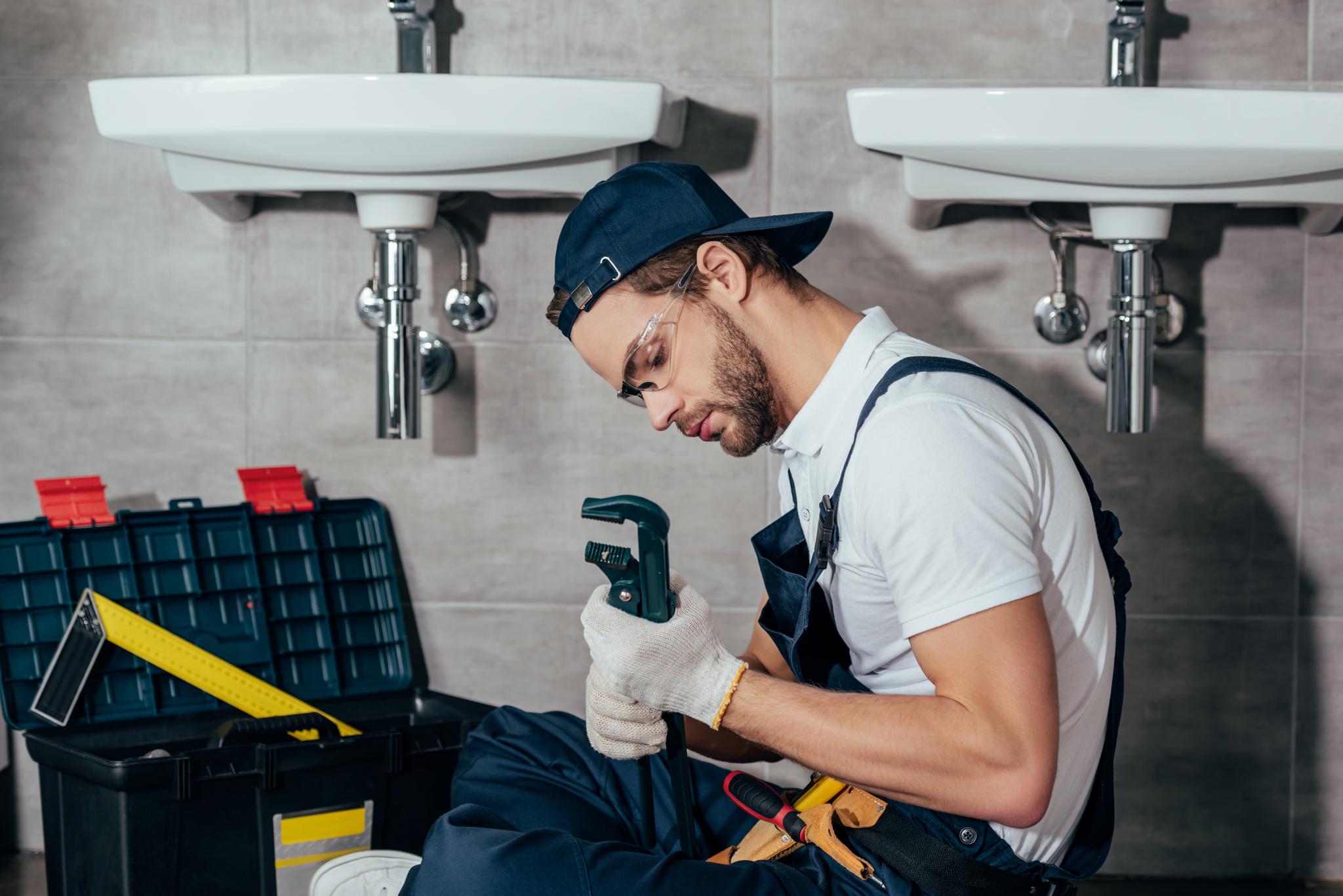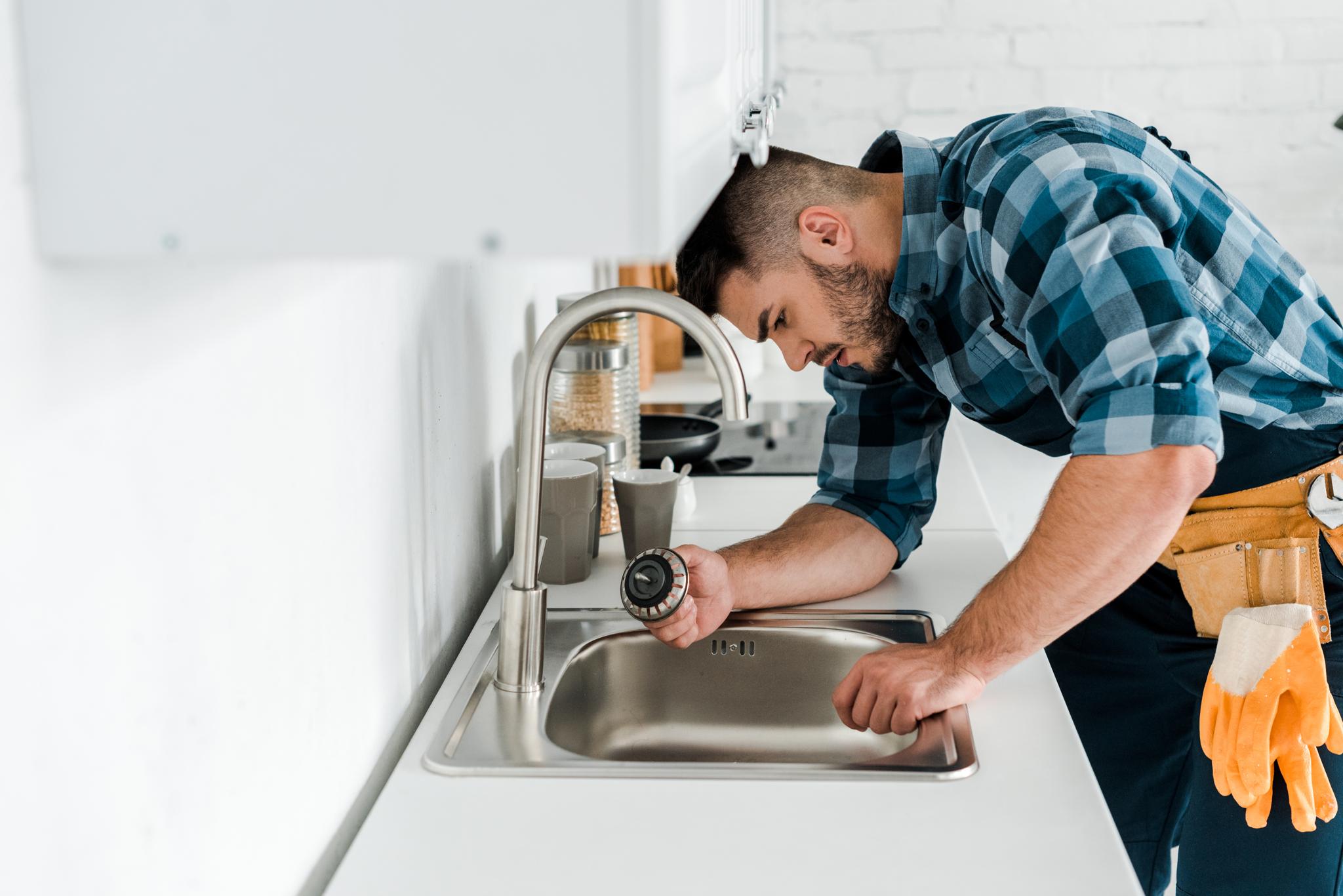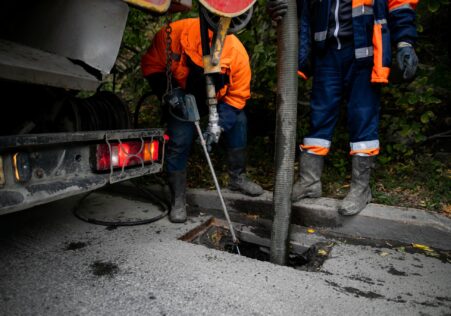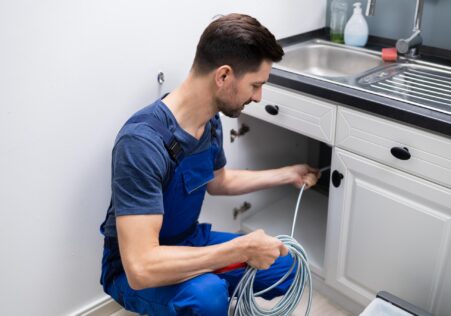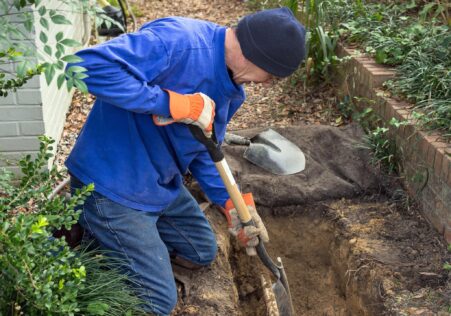How to Choose the Right Pipe Relining Material for Your Home
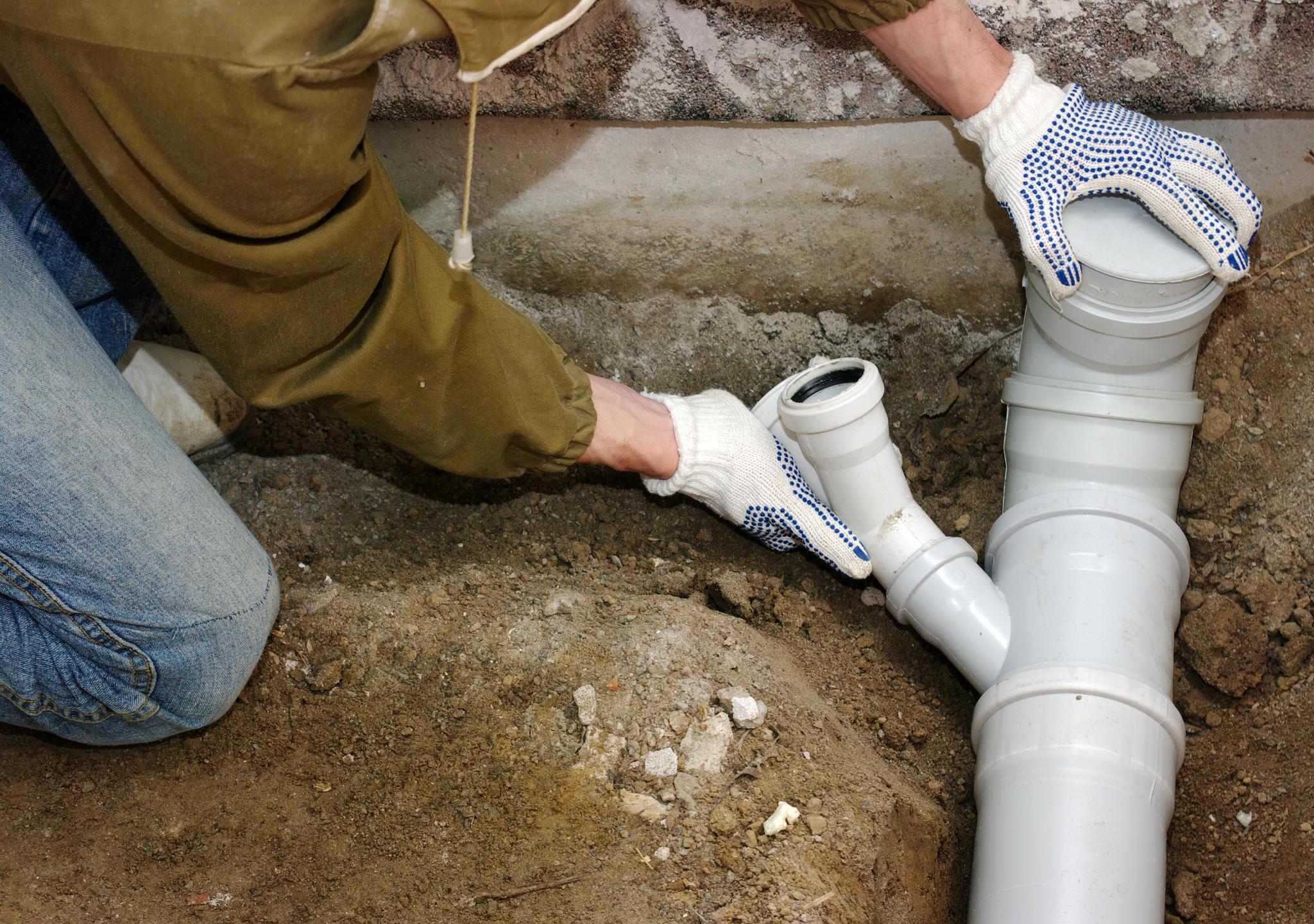
Making sure your plumbing is in good shape is crucial, but the pipes can get worn out as time passes. The most common method for replacing them is to dig away and removing the old pipes. This can be messy and expensive. Pipe relining is a more cost-effective and convenient alternative.
Key Takeaways
- Pipe relining is a cost-effective alternative to traditional pipe replacement methods
- Selecting the correct pipe relining materials is vital for longevity and efficiency
- Things to consider when selecting materials for pipe relining include the environments, flow capacities and durability, as well as costs and maintenance
- Materials for relining pipes include Cured-in-Place Pipe (CIPP), Fiberglass Pipe Lining, as well as Cast Iron Pipe Lining.
- Relining pipes makes a "pipe inside a pipe" which helps restore full functionality without requiring the removal of existing pipes.
There are a myriad of materials available for pipe relining It is essential to select the right one. This guide will help you understand what to look for when choosing the right pipe relining material that is suitable for your needs and budget.
What is Pipe Relining?
Before we go into the process of selecting the correct pipe Relining material, let’s explain what it is.
Pipe relining is a procedure which involves the installation of an epoxy liner inside damaged or degraded sewer lines, water mains, or other underground piping systems preventing leaks and root infiltration. It basically creates a brand new "pipe inside the pipe" which helps restore full functionality without the removal of existing pipes.
The benefits of relining pipe include:
- Minimizes excavation works
- Reduces the cost related to traditional methods
- Less messy compared to excavation
Although there are numerous benefits but selecting the appropriate material for the lining is crucial in terms of effectiveness and long-term durability.
Things to Consider When Choosing Pipe Relining Materials
- The environment: One of the essential things that you must think about when choosing a pipe lining material should be the surroundings. The external conditions determine how long the lining is protected from any the effects of chemicals as well as humid conditions.
- The capacity of a flow: A capacity for flow would refer to the amount of liquid that flows smoothly through your plumbing after the installation of new liners.
- Durability: The measure of durability is how long it will last when exposed to tough environments like excess water levels, chemical substances and other conditions that are harsh.
Costs
Additional Information
- The Importance of CCTV Drain Inspections in Preventing Expensive Property Damage
- How CCTV Drain Inspection Saves You Time and Money in the Long Run
- Blocked Drain Emergency? Here’s What You Need to Know About DIY vs. Professionals
- Green Sewer Maintenance: Benefits of Relining
- Avoiding Clogged Drains: Tips for Homeowners
- Is It Time for a CCTV Drain Inspection? Here's What You Need to Know
- How CCTV Drain Inspection Can Save You Money in the Long Run
- Recovering from Blocked Drains: How to Choose between Pipe Relining and Replacement
- The Benefits of CCTV Drain Inspection: Beyond Unclogging Pipes
- Tips for Recognize if Your Pipes Need Repairing


